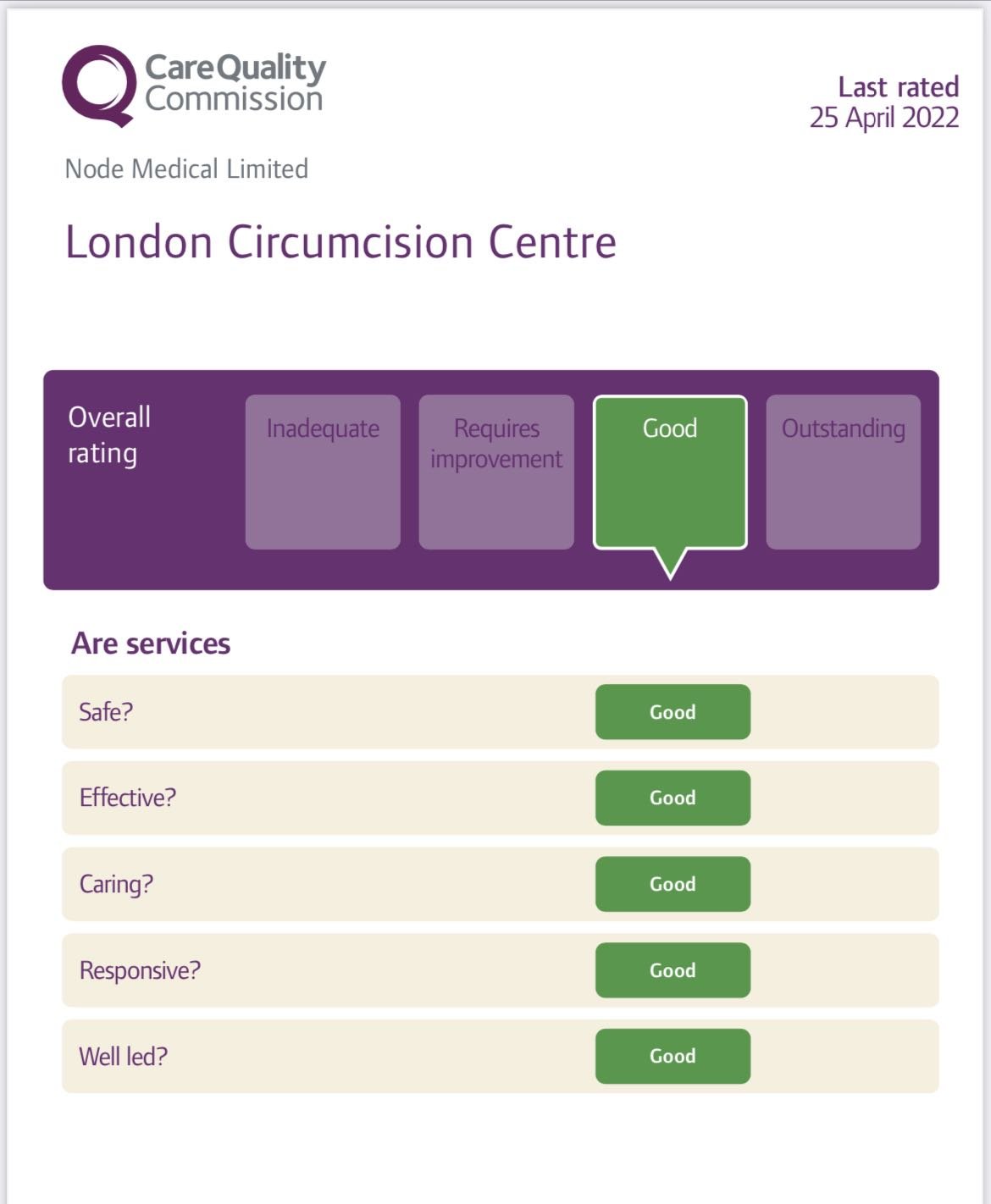Circumcision: Exploring Different Approaches for Adults and Boys for local anaesthesia
Circumcision is a practice that is often carried out for religious, traditional, and medical reasons. In our country, most men undergo circumcision, and most of these procedures are performed using local anaesthesia. Since circumcision is primarily performed for religious purposes, families typically want their children to know the procedure. Therefore, the preschool period is often chosen as the ideal age for circumcision in Turkey. However, circumcisions performed during this stage, when a child discovers their sexual identity, can negatively affect psychosexual development.
Additionally, using a needle for local anaesthetic injections can significantly increase anxiety in children. Despite the use of topical anaesthetic creams to reduce stress, needle phobia remains unresolved. Research indicates that 63% of children in the USA are afraid of needles.
Needle phobia is a concern for children and adult patients in circumcision procedures. To address this issue, some studies have explored using needle-free jet injectors. For example, Peng et al. found that a no-needle jet injector technique was safe, effective, and well-tolerated for adult circumcision. Similarly, jet injectors have been used in urology practice, such as vasectomy procedures, with high patient acceptance rates. However, the literature has conflicting opinions regarding the pain associated with jet injector injections compared to conventional needle injections.
In urology, jet injectors have been used for intracavernosal alprostadil injections in patients with erectile dysfunction. However, studies have shown that the procedure is more painful and less effective than the conventional needle method, leading patients to prefer the latter. This study aimed to evaluate the effectiveness of jet injector anaesthesia in children who reject needle injections during circumcisions performed under local anaesthesia. However, we observed that local anaesthetic injection with a jet injector did not provide sufficient pain relief for a comfortable circumcision.
The epidermis, the outer layer of the skin, varies in thickness across different parts of the body. For instance, the thickness of the epidermis on the eyelid is 0.04 mm, while it can reach up to 1.6 mm on the palm. The dorsal part of the penis has a thicker epidermis than the ventral surface, which can affect the penetration of the anaesthetic agent when using jet injectors. Injections on the ventral surface may pose a risk of urethral injuries due to the thinner epidermis in that area.
Several parameters are crucial for jet injectors, including thrust pressure, contact pressure, drug volume per shot, nozzle opening, and the distance from the nozzle tip to the skin surface. For small operations, the recommended anaesthetic dose delivered with a jet injector is 0.07-0.1 ml per spurt, with a nozzle diameter of 0.1 mm and an application pressure of 130-160 psi. However, studies have shown that increasing the nozzle diameter may result in deeper penetration and increased pain. Using newer-generation jet injectors with lower pressure has been demonstrated to achieve the same penetration depth with less pain.
In this recent study, consistent with findings in the literature, injection with a jet injector without a needle was better tolerated than the conventional needle method. However, the time for local numbness was long, and the amount of anaesthetic agent used was lower in the jet injector group. However, the FLACC scores (a pain assessment tool) measured during circumcision were higher in the jet injector group, and additional anaesthetic medication was needed for circumcision in children and adults.
We provide a service for needless anaesthesia with some additional fees for needle-phobic adults and children.
Please get in touch with us for further details.
“We provide without needle local anaesthesia in our clinic ”







